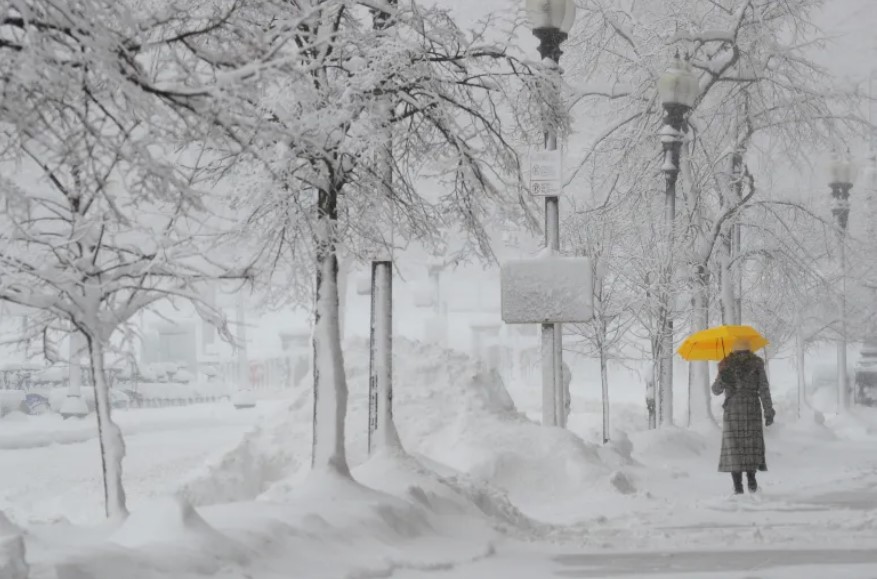Forecasters are warning of a severe Arctic cold front sweeping across North America, bringing dangerously low temperatures.
In Canada, frigid Arctic air from the Northwest Territories is heading toward Alberta, prompting Environment Canada to issue an extreme cold warning. Calgary could experience temperatures as low as -34.6°F (-37°C) on Friday, with a daytime high of -23.8°F (-31°C), potentially making it the coldest January day in 20 years.
Wind chills over the weekend could plunge temperatures to -58°F (-50°C), with frostbite becoming a risk in under a minute.
This cold front will move southward from the Rockies into the northern US plains by Thursday night, likely setting new daily cold records. The National Weather Service predicts “dangerously cold wind chills” affecting regions as far south as Texas and the southeast, driving temperatures below freezing.

Chicago is expected to fall below -10°F (-23°C) for the first time since 2019, and Oklahoma City could dip below 0°F (-17.7°C) for the first time since February 2021. Wind chills in the Rockies may reach -30°F (-34.4°C), increasing the risk of hypothermia for anyone exposed to the elements.
The Midwest and East Coast will face major snowstorms, sleet, and rain, with up to 12 inches of snow expected in parts of Michigan and blizzard conditions in the Great Lakes region. The Northeast may experience river and coastal flooding due to heavy rain and storms.
This cold snap marks a stark contrast to the mild winter experienced so far, with minimal snowfall and above-average temperatures.
The National Oceanic and Atmospheric Administration reported that 2023 was the hottest year globally, and climate researchers suggest that extreme cold events in the US may be linked to global warming.
The Arctic is warming four times faster than the rest of the planet, disrupting the polar vortex and allowing cold air to spill southward.

